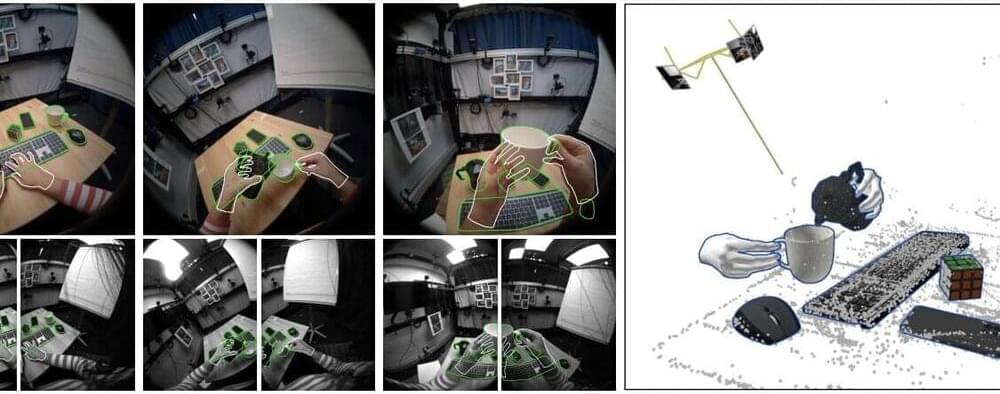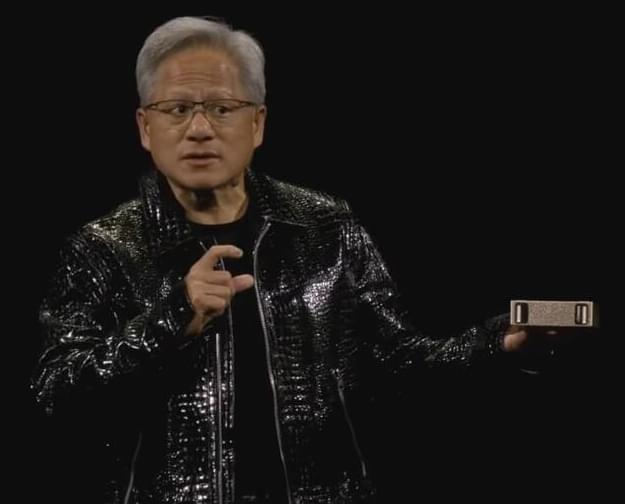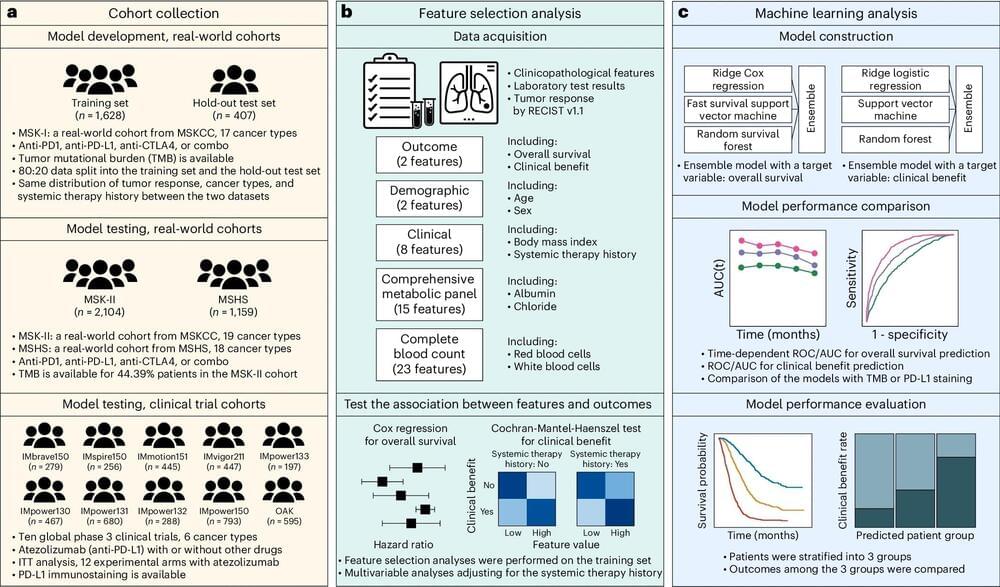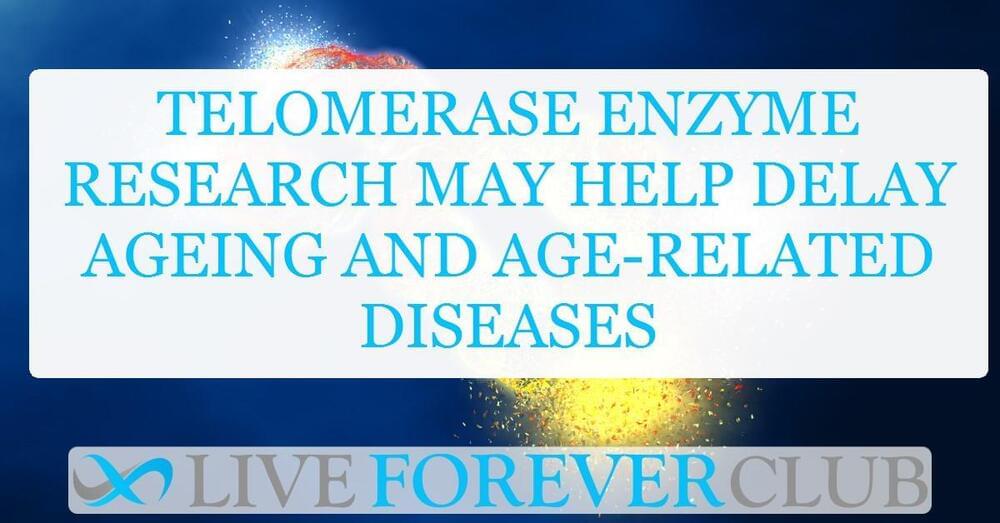USTC researchers created a groundbreaking on-chip photonic simulator, leveraging thin-film lithium niobate chips to simplify quantum simulations of complex structures, achieving high-dimensional synthetic dimensions with reduced frequency demands.
A research team led by Prof. Chuanfeng Li from the University of Science and Technology of China (USTC) has made a significant breakthrough in quantum photonics. The team successfully developed an on-chip photonic simulator capable of modeling arbitrary-range coupled frequency lattices with gauge potential. This achievement was detailed in a recent publication in Physical Review Letters.
<em>Physical Review Letters (PRL)</em> is a prestigious peer-reviewed scientific journal published by the American Physical Society. Launched in 1958, it is renowned for its swift publication of short reports on significant fundamental research in all fields of physics. PRL serves as a venue for researchers to quickly share groundbreaking and innovative findings that can potentially shift or enhance understanding in areas such as particle physics, quantum mechanics, relativity, and condensed matter physics. The journal is highly regarded in the scientific community for its rigorous peer review process and its focus on high-impact papers that often provide foundational insights within the field of physics.









